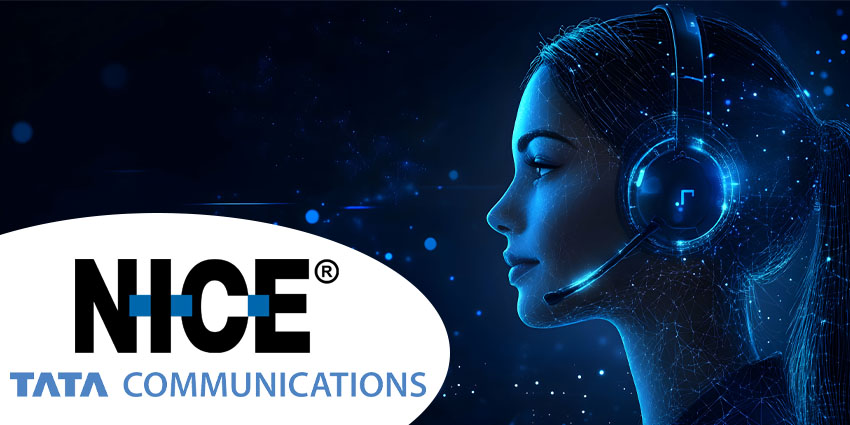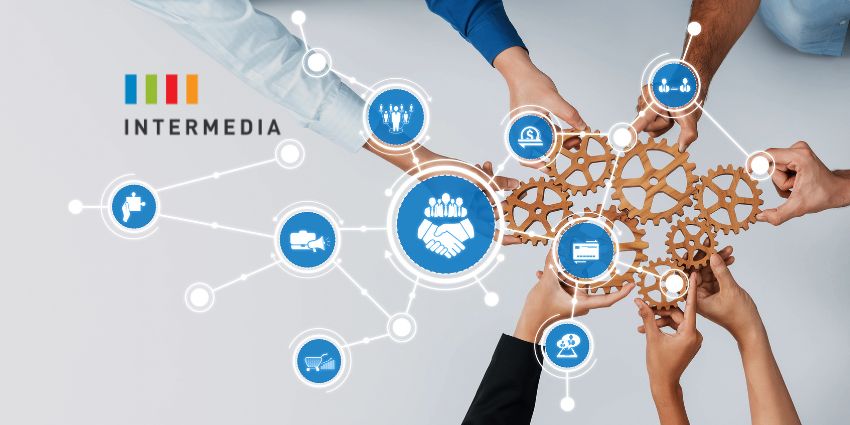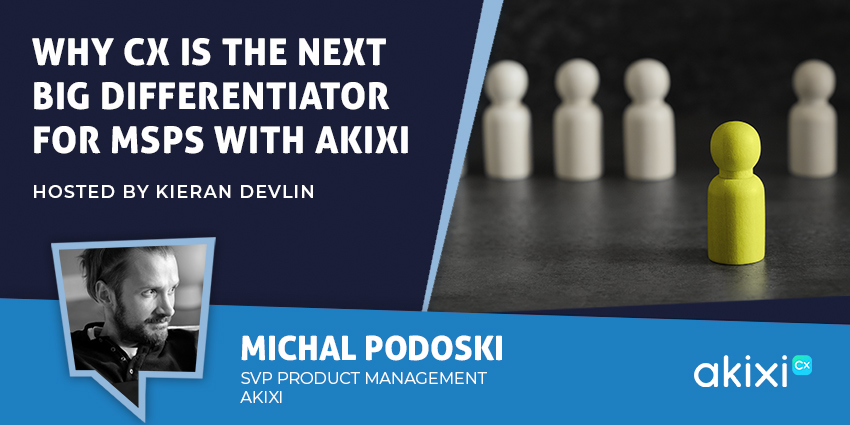The contact center industry stands at a pivotal crossroads. As AI technologies mature, organizations face increasingly complex decisions about which AI solutions to deploy in their operations.
The landscape now encompasses three distinct approaches: traditional self-service chatbots designed for basic query resolution, sophisticated agentic AI receptionists capable of more nuanced interactions, and AI-augmented human agents who leverage intelligent tools to enhance their capabilities.
This evolution represents more than a simple technological upgrade. Contact centers are now grappling with fundamental questions about the future of customer service delivery, balancing efficiency gains with the need for personalized customer experiences.
To find out more about striking this balance, UC Today spoke with Damon Covey, General Manager, UCC at GoTo, about AI’s growing use in contact centers.
Finding the Perfect Balance
The challenge facing contact center leaders today may not, however, be simply about choosing between different AI technologies, but rather determining the best solution for each specific operational need.
“Contact center chiefs are becoming increasingly aware that there is no universal formula to ensure AI implementation results in consistently high service quality,” Covey explained. “Over the next few years, I expect to see them move towards finding their own perfect balance. This will include closely evaluating how intelligent tools may impact several focus areas, covering long-term business profitability, workforce productivity, and most importantly: customer value.”
This shift toward customized AI strategies reflects a growing understanding that successful implementation requires careful consideration of multiple factors beyond simple cost reduction.
This has created a situation, Covey argued, where no single AI solution will emerge as the dominant force across all contact center operations.
“It’s highly improbable one solution will become the default victor,” Covey noted.
Instead, successful organizations are likely to deploy multiple AI technologies in complementary ways, each addressing specific use cases where they can deliver maximum value.
Strategic Implementation Across Different Scenarios
The three primary AI approaches each offer distinct advantages that make them suitable for different operational scenarios.
The key lies in understanding the specific strengths of each approach.
“Agentic AI is often able to handle simple support needs, such as basic system troubleshooting, but intricate problems can often require nuanced human understanding, experience, critical thinking, and empathetic communication that automated chat functions can’t yet replicate,” Covey explained. “Additionally, certain customers may prefer to interact with a real person and respond negatively to digital-only service, especially those in the Gen X and Boomer cohorts.”
Therefore, finding which solution works best in each scenario may be the best way to apply them without sacrificing customer experience. Yet, just because each may have its ideal use case, that does not mean there cannot be any cross-use.
For instance, AI augmentation technology can help human experts give better advice on a call by quickly processing the call data in real time.
Equally, agentic AI offers clear benefits for saving time on tasks that don’t require human involvement. This could help filter through initial stage queries before understanding when to hand off to a human.
Self-service tools add another layer of AI assistance by providing that first point of contact and resolution of low-level issues that don’t require specific or technical support.
Yet one thing remains challenging for AI: the decision of when to escalate from automated systems to human agents.
This determination depends on multiple factors, including query complexity, customer preferences, and the specific capabilities of the AI systems in place.
“Allowing common and repetitive questions and situations to be handled in an automated fashion, while also allowing customers to gain access to a human when they feel it is required, is also important to maintain the best possible customer experience,” Covey said.
Knowing when to limit your AI in the customer experience may turn out to be as important as knowing where to implement it.
Perhaps most importantly, organizations must recognize that customers themselves should have the final say in when they require human assistance. Maintaining pathways for customers to escalate to human agents when they feel it’s necessary is crucial for preserving positive customer experiences.
Overcoming Technical and Operational Challenges
Beyond strategic deployment of AI, technical deployment also presents unique challenges.
The most significant hurdle often involves ensuring proper integration with existing systems and maintaining seamless customer experiences across different touchpoints.
“Among the greatest hurdles is poor interoperability, which leads to degraded customer and operator experience,” Covey explained. “Contact centers can rapidly run into problems if they want to use them in conjunction with systems that lack the API connectivity needed to talk to AI tech.”
Legacy system compatibility represents a particular challenge for organizations with older technology infrastructures. While most modern applications offer the necessary API connectivity, some legacy tools cannot interface reliably with AI technologies, forcing organizations to choose between expensive system replacements or forgoing AI implementation entirely.
The complexity of agentic AI systems also requires more sophisticated monitoring and quality assurance processes compared to simpler automated solutions.
Organizations must invest in robust oversight mechanisms to ensure these systems perform reliably and maintain service quality standards.
Measuring Success Across Different AI Approaches
Quantifying the value of different AI implementations requires careful consideration of appropriate metrics for each approach.
The key to successful measurement lies in establishing clear, trackable goals that align with specific business use cases from the outset.
“If contact centers make pragmatic AI selections in line with tangible business use cases, it will be much easier to link tech implementation with quantifiable outcomes,” Covey explained.
For chatbot implementations focused on reducing manual service tasks, success metrics might include decreased average response times and improved first-contact resolution rates. Advanced analysis tools designed to guide human support should demonstrate improvements in service quality, measurable through factors like reduced handling times and increased customer satisfaction scores.
However it is measured, the approach must account for the different value propositions of each AI solution. Self-service chatbots deliver value through speed and efficiency, while agentic AI receptionists provide benefits through personalization and contextual understanding. AI-augmented human agents create value by combining efficiency gains with enhanced empathy and relationship building.
Emerging Capabilities and Future Developments
The rapid pace of AI innovation continues to reshape the possibilities for contact center operations.
Emerging capabilities like multimodal AI and hyper-personalization may be the next battleground as vendors strive to differentiate their offerings from each other.
“The AI innovation cycle is accelerating, with adoption growing as tools get smarter and greater mainstream uptake pushing vendors to invest in further development,” Covey noted.
Equally, large language models are moving toward closer emulation of human conversation, meaning current implementation of AI may have to be rebalanced as capabilities grow.
Voice AI’s natural communication capabilities make it ideal for emotionally nuanced or high-stakes interactions, and so soon could take a greater share of chatbots’ current workload.
What’s clear, however, is that as these technologies mature, the net result will likely be increased AI application spanning an ever-expanding range of everyday tasks, with automation playing a progressively larger role in service delivery.
Yet, the most successful implementations will be those that maintain the careful balance between technological efficiency and human empathy that customers increasingly expect from their service interactions.







